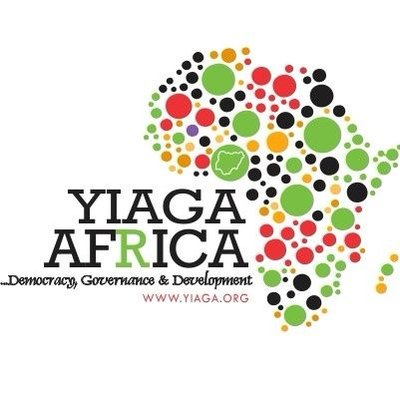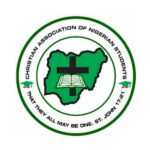Yiaga Africa has launched an election result analysis dashboard code-named ERAD to encourage transparency of election result management.
The dashboard was launched Friday at Trascorp Hilton Hotel, Abuja.
- Rufai Hanga clinches Shekarau’s NNPP ticket
- 2023: PDP approves campaign councils, asks Buhari to withdraw REC nominees
ERAD was piloted during the governorship election in Ekiti and Osun states where all the results were downloaded from the iReV portal and 95 per cent and 97 per cent of the polling unit results were analyzed respectively.
Part of the event was a stakeholders’ conference on election result management that attracted officials from the Independent National Electoral Commission (INEC), representatives of political parties and members of civil society organizations.
Speaking at the event, Yiaga Africa Chairman, Samson Itodo, said by launching the dashboard, Yiaga Africa would be able to support INEC by providing the public with access to analyzed election results from the polling units in relative real-time.
He said, “As part of leveraging the legality of electronically transmitting the results, INEC first deployed the IReV for the 2022 Ekiti and Osun governorship election with polling unit level results uploaded on the portal as part of INEC’s policy on electronic transmission of results.
“This also provided Yiaga Africa and Channel Television with the opportunity to support INEC by providing the public with access to analyzed election results from the polling unit in relative real-time through the launch of an Election Result Analysis Dashboard (ERAD).
“The Election Results Analysis Dashboard was embedded within the election-day broadcast of Channels Television. By tracking results from the polling units based on the Commission’s own published results, the ERAD operates as independent audit and integrity test assessment tool for INEC’s election results management.
“The ERAD was piloted in the governorship election in Ekiti and also used in Osun where all the results were downloaded from the iReV portal and 95% and 97% of the polling unit results were analyzed and visualized respectively.”

 Join Daily Trust WhatsApp Community For Quick Access To News and Happenings Around You.
Join Daily Trust WhatsApp Community For Quick Access To News and Happenings Around You.


